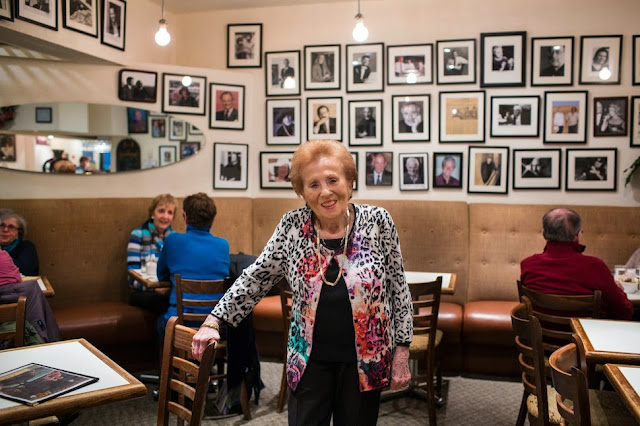Hunting for the Ultimate Pad Thai
Hunting
for the Ultimate Pad Thai
Contrary to
common belief, not all Thai cooking vibrates the Scoville Scale (the empirical
measurement of detectable heat) and every region in Thailand has its own
temperament which is reflected in the cuisine.
Despite the
advent of the tourism industry in Thailand in the 1960’s, Thai cuisine had no
real profile outside of Thailand until the late 1980’s.
During
1940’s, as part of a campaign to promote democracy and nationalism in Thailand
(formerly known as Siam), and seeking to reduce domestic rice consumption, pad
Thai became widely embraced in a profile-raising effort by the government to
encourage the sale of rice noodles from street carts and in small restaurants.
Rice has always been at the core of Thai cuisine. To eat pad Thai became
a patriotic act, one which allowed the government to make more rice products
available for export.
In a few
decades, pad Thai has gone from being virtually anonymous to becoming a
ubiquitous restaurant and take out staple. In reality, it is a minor dish in
repertoire, but it has become a global ambassador for Thai cuisine. I confess,
I have always been a disciple of Thai curry but indifferent to pad Thai. For
the purpose of this article I embarked on a two-month quest to distinguish the
different nuances in preparation and flavouring among a diversity of
restaurants. When ordering pad Thai I now have a benchmark for authenticity and
an expectation of fresh, firm, medium-slender rice noodles with a particular
bite profile. Precisely cooked, pad Thai noodles are never starchy, gloopy or
stuck together. The properly cooked rice noodle should be dry and with separate
strands, much like correctly cooked al dente pasta.
Deconstructing
the recipe for pad Thai divulges a collection of ingredients that are not
overly remarkable. It is only in the combining and balancing of these
ingredients that we discover the resulting dish is greater than the sum of its
parts. Peanuts and nearly raw bean sprouts add a required, reserved crunch and
counterpart for the rice noodles. A well prepared pad Thai divulges its
flavour profile incrementally: restrained sweetness with bursts of salty, sour
and tart flavours in a fresh tasting, lemony, hot dish.
Pad Thai is
never sickly sweet or an undignified neon orange or fluorescent tangerine. It
derives its colour and aromatics from tamarind paste and fish sauce, and is
ideally an unassuming brownish-red shade, studded with bits of green onions,
bean sprouts, tofu, chilies, salted radish, cilantro, toasted peanut and
scrambled egg.
An
inordinate number of non-Thai restaurants feature pad Thai (or credible
variations) on their menus, yet in far too many instances they bear only a
passing acquaintance with the properly executed dish. In knowledgeable
restaurants, additional lime, fish sauce, chili pepper, and rice vinegar are
optional and offered by way of condiments. No self-respecting cook would
put peanut butter, ketchup, teriyaki sauce or shredded coconut in pad Thai. To
those who claim that this is fusion, innovation or artistic individualism, I
can assure you that it is not.
The use of
chopsticks is not a Thai custom. Thai food is eaten with a fork (left hand) and
a spoon (right hand); there is no need for a knife as food is served in
bite-sized morsels, which are forked into the spoon and fed into the mouth.
Thai meals typically consist of a single dish, or rice with several
complementary shared dishes served concurrently.
Thai
curries (kaeng, also written as gaeng) are unique because they
are made with fresh aromatic roots, leaves and herbs, whereas Indian curries
(masalas) depend on combining dry spice mixtures. All curry pastes vary widely
depending on the tastes and techniques of the cook. Green is the hottest among
all the Thai curries and cilantro root is commonly used in its preparation due
to its intense flavour. Red is the original preparation and yellow is the
mildest of the curry preparations.
Locally,
there is a myriad of Thai, Viet-Thai, and Laos-Thai and other Asian-inspired
restaurants. Due to the popularity of Canadian-Asian food, lots of Chinese
restaurants pay homage to the Thai genre. Thai culinary repertoire of Thailand,
like Korea’s, has spicing techniques and aromatic infusions of curry-inspired
recipes that are suggestive of India. That is just scratching surface of the
Thai culinary canon. If you want to know how good the restaurant is, you only
need check out the pad Thai.



Comments
Post a Comment